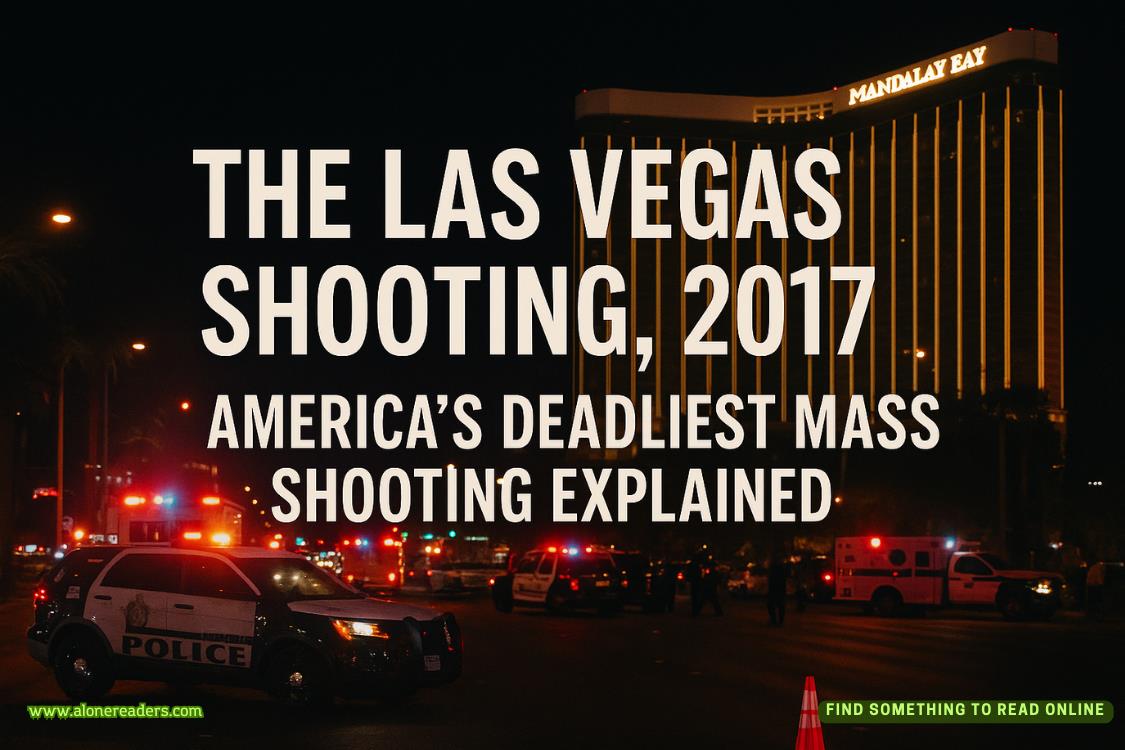Page 65 of Trapper Road
I hear a radio squawk outside, and I drop my hand to my side before turning to find two police officers standing in the entrance. The one in front’s eyes are huge as he takes in the scene.
“Watch your step,” I tell him before he can enter. “Too many people inside could compromise evidence. We’ll need to call in forensics and get them down here ASAP.”
He motions to the cop behind him, who peels off to start making calls.
“You find anyone?” he asks me.
I shake my head. “The place is empty.”
He continues sweeping his eyes around the room. “You know this place belongs to that woman — the one who was married to the serial killer. Think that had anything to do with this?”
“Her name is Gwen Proctor,” I tell him pointedly. “And no, I don’t.” It’s inevitable that Gwen’s former identity and her relationship to Melvin Royal will spawn rumors once word of this gets out, but I intend to do everything I can to limit it.
“We don’t even know if this is human blood and we won’t until forensics arrives,” I add.
“If it is, then we’ve got a dead body on our hands somewhere. No human could lose this much blood and survive.” He says out loud what I’ve been thinking.
I’m already anticipating that the case will fall to me, especially given that there are only two detectives on the Norton PD and I’m already on the scene. Given who Gwen is and her history with Stillhouse Lake, it’s likely this case could garner publicity, and that means scrutiny.
Not that I’m not used to scrutiny. As the only female detective in the department — and a Black woman at that — I’m used to being watched by those hoping I’ll screw up. I just make sure to never give them any ammunition to use against me.
I move carefully through the living room toward the door, trying to avoid stepping on any of the blood spatter. It’s nearly impossible. Once outside, I pull a pair of gloves from my pocket and put them on before examining the door. Forensics will be able to tell for sure, but at a glance I don’t notice any blood on the knob or around the frame. Which is interesting because whatever happened in that house, I can’t imagine anyone involved was able to escape without a fair amount of blood on them, which would have likely transferred to anything they touched.
I glance around the floor as well. I would expect to see drag marks or some other evidence of a body being moved but nothing stands out. There aren’t any footprints that I can see either, except for my own where stepping on the splatter was unavoidable.
“What do you think happened?” the officer asks.
I shake my head. “I have no idea.”
I can tell he wants to speculate, but I have no interest in gossiping. “Far as we know, could be neighborhood kids throwing paint around.”
“That didn’t smell like paint,” he points out.
I don’t respond.
Forensics doesn’t take long to arrive and I meet the van in the driveway. “Hey, Beto,” I call out as a middle-aged guy in a windbreaker steps out. I’ve worked with him plenty of times before — he’s good at his job and he’s not one to gossip about his scenes, two traits I admire in a co-worker.
He heaves a bag and starts toward the house. “What do you have for me?”
“This might be one of those times it’s better for you to see for yourself,” I tell him.
He glances my way. “That bad, huh?”
“I have no idea what to make of it. I’m hoping it’s just a prank.”
We pause by the front door and don protective gear to ensure we don’t contaminate the scene any further. Once we step inside, Beto lets out a low whistle. “Looks like something happened in here. That’s for sure.”
He unzips his bag and takes out a collection tube and long cotton swab. “House was empty when you got here?”
I nod.
He swipes the swab across a spot of blood and then dabs it onto a cassette. After several moments he grunts and holds it up for me to see. “It’s human.”
My heart sinks. I was still hoping it was animal blood that had been splattered as some sort of sick practical joke. That it’s human blood makes this case a hell of a lot more serious.
“Any way to tell if it’s from one person or not?” I ask.
“We’ll take samples, run analysis to find out.”















